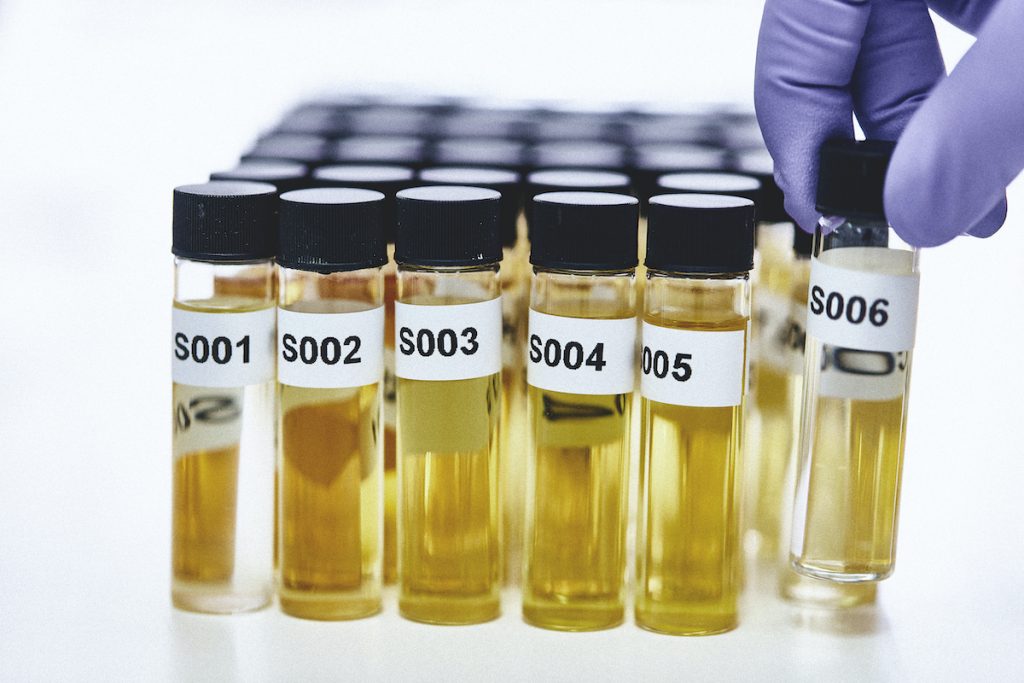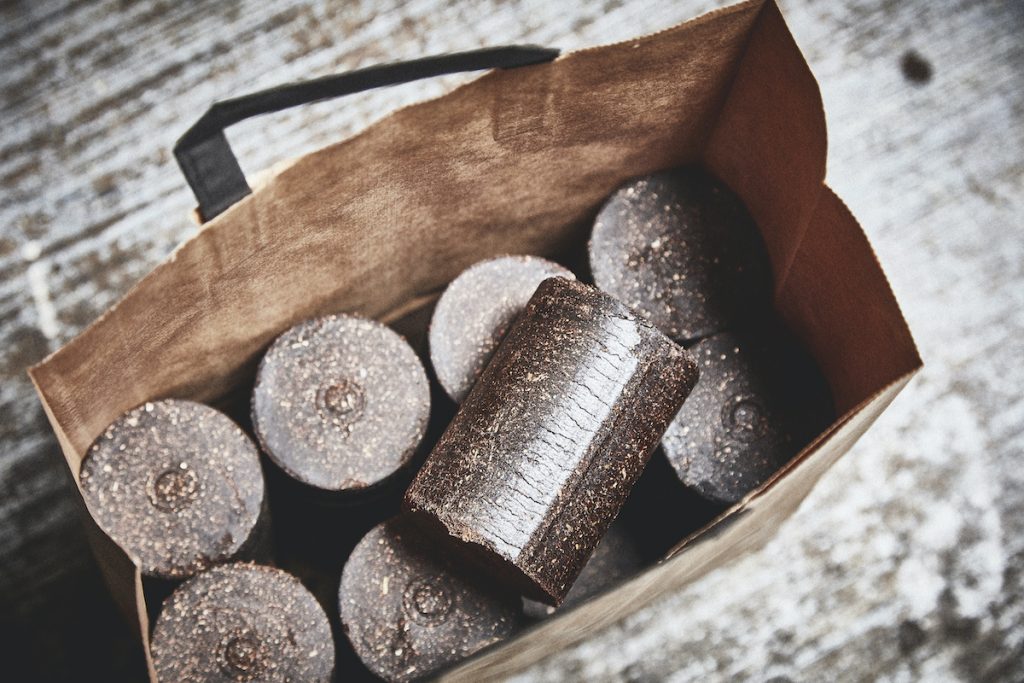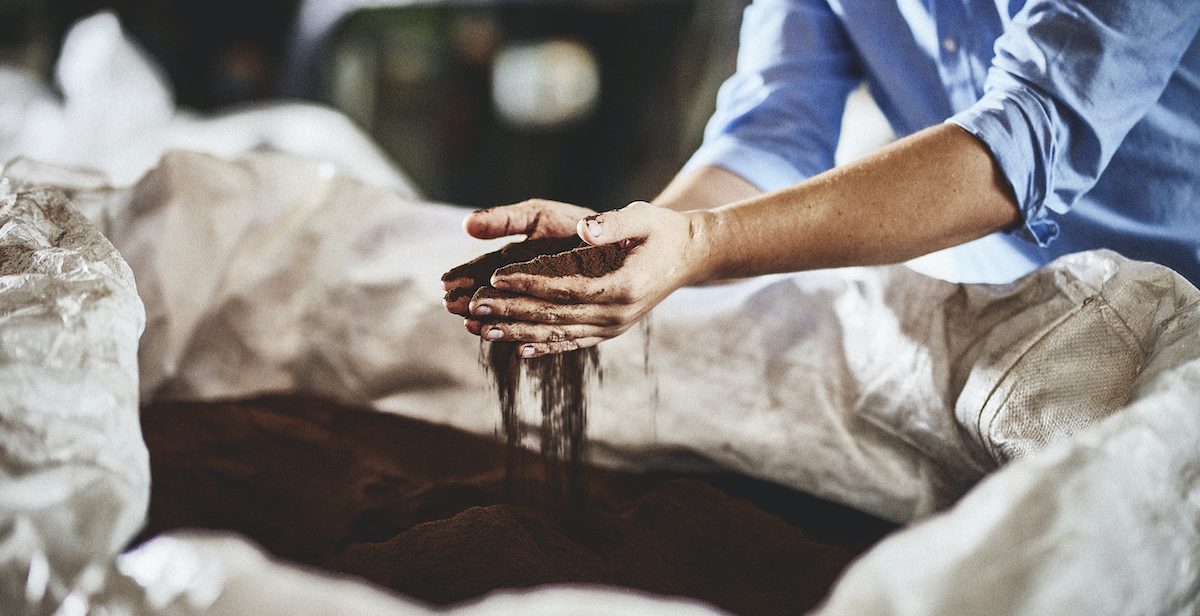The world may still see Brits as tea drinkers, but coffee is quickly taking over as the nation’s preferred hot beverage. And with 27% of Brits drinking two coffees a day, a lot of coffee granules go in the bin. That’s where bio-bean steps in, a company dedicated to turning spent coffee grounds into usable products.
bio-bean started out in 2013 by making bio-diesel from coffee waste. But while the team proved that it is possible, they also realized it’s not economically viable. It takes a lot of coffee grounds to make a little bit of fuel. And so the chemists at bio-bean turned their attention to other products.
Coffee flavoured coffee
Have you ever wondered why your favourite canned latte tastes more like coffee than a cup of coffee? It’s due to the bean’s natural aroma compounds that make up that well-loved flavour. Those clever people at bio-bean have worked out how to successfully extract the flavour and fragrance compounds left over in spent grounds. And other companies use the extracts as flavourings or taste enhancers.

Wearables and bio-plastics
Not content to sit back and let others innovate, bio-bean is charging into a coffee-powered future. The company already sells fire logs made from spent coffee grounds. But while fire logs are an excellent product (the website boasts that they burn 20% hotter and longer than kiln dried wood), bio-bean knows that burning should come at the end of a material’s life if we want to get the most out of our rubbish.
So, lucky enough to have a consumer product that keeps it afloat, the company can devote time and effort to experimentation. As world leaders in coffee recycling, bio-bean’s team can be relied upon to come up with some innovative uses in the future.

For now, it looks as though bio-plastics are next on the horizon. While bio-plastics made from coffee are nothing new, so far it’s only ever been done on a small scale. But bio-bean’s team of experts have spent several years working out how to effectively dry large amounts of spent coffee beans
The dried grounds have the potential for use in textile fibres for the fashion industry, to make glasses, brake pads for the automotive friction industry, or for just about anything else that is usually made from plastic.
The coffee story
In some ways, the most important thing about bio-plastics made from coffee waste is the fact that it’s happening. “The story is helpful,” says Jessica Folkerts, head of marketing for the company. “It proves to people that we can do this.” bio-bean hope that such ideas will catch on.
And while it may seem, at the moment, that the company is spreading itself thin with so many projects on the go, innovation is at the heart of all it does. “What links all of our products together is our drive to get the world to rethink waste, looking at materials right under our noses,” says Folkerts.
Spent coffee grounds may just be the perfect product. “There are oodles of them,” says Folkerts. And if there’s one positive thing to have come out of this pandemic, she says, it’s that people have realized how fragile we are on the planet and have opened their eyes to change.

